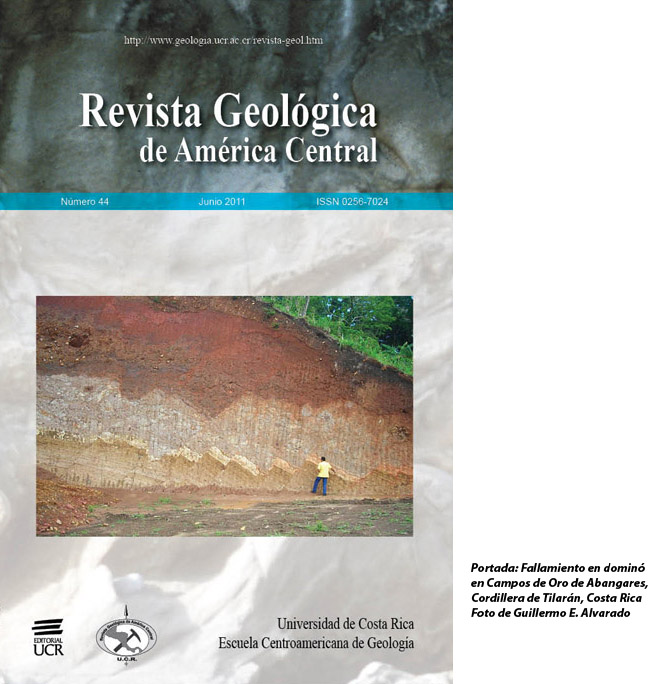Abstract
In 1858, American geologist Joseph LeConte published the first scientific report of vertebrate fossils (mastodon, bison and horse) from Central America a brief record of a "mastodon bed" near the old village of Tambla in Honduras. In 1859, American archaeologist Ephraim George Squier also mentioned these fossils, illustrating a lower jaw fragment with a molar and providing specific clues to the location of the bonebed. J. M. Dow subsequently gave a gomphothere molar from the locality to Joseph Leidy at the Academy of Natural Sciences in Philadelphia, USA. Leidy published on the fossil, which still remains in the collection of the Academy, as ?Mastodon ohioticus? or as M. andium, and it was later referred to Rhynchotherium by Osborn and others. This molar is best identified as Cuvieronius hyodon, and the bonebed from which it was derived is near the modern village of Humuya (Tambla in the 1800s), not near the village currently called Tambla. The Tambla ?mastodon bed? has never been relocated, though data provided here should make that possible. Its discovery in the 1850s did not encourage further exploration for vertebrate fossils in Honduras, probably because ?mastodon? fossils were already commonplace in the USA, so the Tambla bonebed did not constitute a remarkable discovery.Comments
Downloads
Download data is not yet available.






